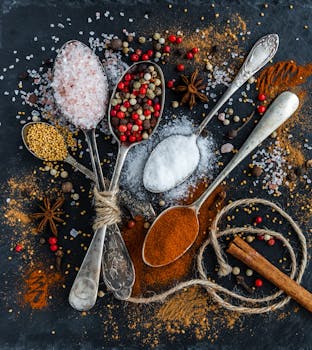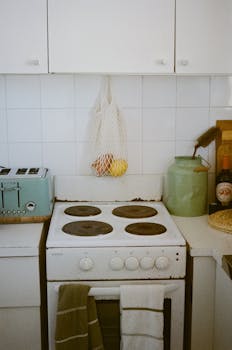Benefits
Even Cooking
Moisture Preservation
Versatility in Culinary Uses
Eco-Friendly
Safety for Cooking
Get creative with Kitchen string
Wrapping kitchen string around bunches of fresh herbs like thyme or rosemary can create aromatic bundles for infusing souils, stews, or poaching liquids
In baking, kitchen string can be used to create patterns on bread loaves by tying the string around the dough before baking, leaving a unique imprint once it's baked
For vegetable preparations, strings can be used to tie vegetables such as asparagus or green beans into neat, easy-to-manage bundles for steaming or boiling, ensuring they cook evenly and are easy to serve
In the realm of crafting, kitchen string can be dyed and used to create homemade candles, winding the string around a candle mold to form inventive shapes or textures as the wax sets
Lastly, it can serve as a guide for achieving straight lines when decorating cakes or pastries with icing, by gently pressing the string into the surface as a guide before piping
Something you can make with Kitchen string
Origin
Kitchen string, also known as cooking twine or butcher's twine, does not have a specific origin as it is a simple and common kitchen tool. It is typically made from cotton or linen fibers and has been used in cooking for centuries. The use of kitchen string dates back to ancient times when it was used to truss and tie ingredients together for roasting or braising. Today, kitchen string is widely used in various culinary applications, such as tying meat or poultry, securing stuffed ingredients, and creating neat presentation for dishes. It is a versatile and essential tool in the kitchen that helps to hold ingredients together during cooking and ensure even cooking and presentation.


